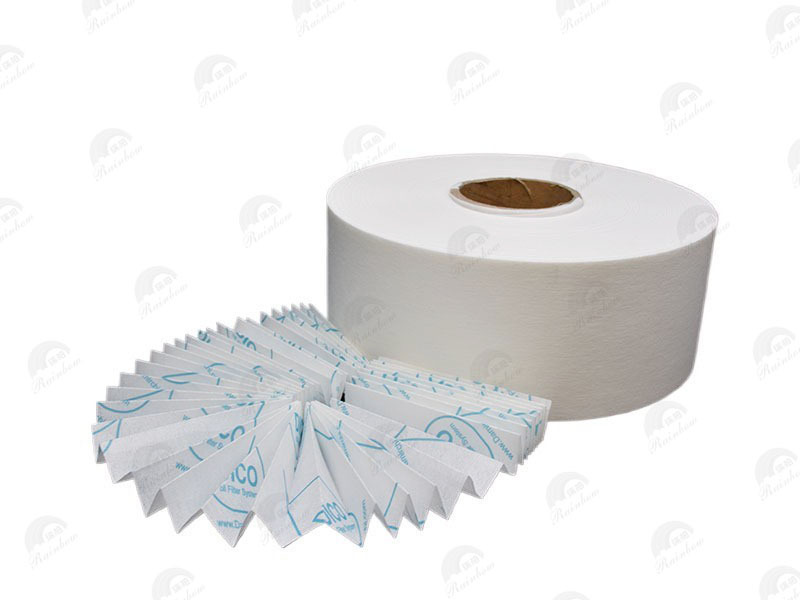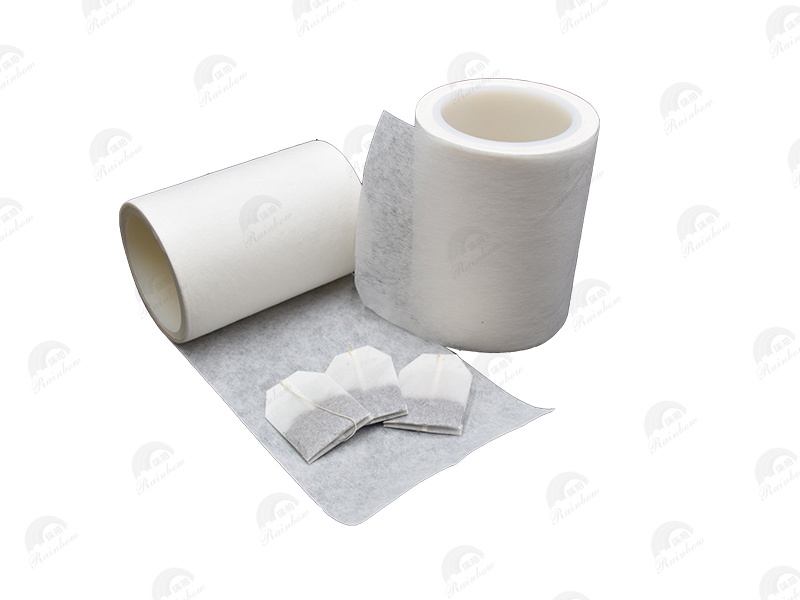Understanding GRS Certified Nonwoven Interlining: A Sustainable Choice for Textiles
Release time:
2025-06-24
In the textile industry, the importance of quality and sustainability cannot be overstated. One significant aspect of this is the use of GRS Certified Nonwoven Interlining, which has gained recognition for its exceptional properties and environmental benefits. GRS stands for Global Recycled Standard, a certification that ensures the material is made from recycled content and adheres to strict social and environmental criteria.
GRS Certified Nonwoven Interlining is designed primarily to provide structure and support to garments, enhancing their durability and overall appearance. This interlining type is crafted from synthetic fibers, often derived from recycled sources, which not only helps in reducing waste but also conserves resources. By utilizing such materials, manufacturers can offer products that meet the growing consumer demand for eco-friendly options.
The technical specifications of GRS Certified Nonwoven Interlining make it an ideal choice for various applications in the textile sector. Its nonwoven structure allows for excellent drape and flexibility, making it suitable for a wide range of fabrics. Moreover, this type of interlining is often lightweight, ensuring that garments maintain their comfort while achieving the desired shape and support.
In addition to its structural advantages, GRS Certified Nonwoven Interlining also boasts impressive performance characteristics. It is resistant to shrinking and wrinkling, which is crucial for maintaining the quality of finished garments. This durability minimizes the need for frequent replacements, translating into longer-lasting products that benefit both manufacturers and consumers.
Sustainability is at the core of GRS certification. The standards require that the interlining be made from at least 20% recycled materials, with a strong emphasis on responsible production practices. This means that businesses using GRS Certified Nonwoven Interlining can confidently promote their commitment to reducing their ecological footprint. Furthermore, consumers are increasingly seeking transparency in sourcing and production processes, making GRS-certified products more appealing in a competitive market.
When considering GRS Certified Nonwoven Interlining, it is essential for textile producers to recognize its potential in meeting both aesthetic and functional demands. By integrating this innovative material into their offerings, companies can not only enhance the quality of their garments but also contribute positively to sustainability efforts in the fashion industry.
In conclusion, GRS Certified Nonwoven Interlining presents a compelling solution for those in the textile industry looking to balance quality and sustainability. Its unique properties and environmental benefits make it a valuable choice for manufacturers aiming to produce high-quality, eco-friendly garments. Embracing such materials is not just a trend but a responsible step toward a more sustainable future in textiles.
GRS Certified Nonwoven Interlining is designed primarily to provide structure and support to garments, enhancing their durability and overall appearance. This interlining type is crafted from synthetic fibers, often derived from recycled sources, which not only helps in reducing waste but also conserves resources. By utilizing such materials, manufacturers can offer products that meet the growing consumer demand for eco-friendly options.
The technical specifications of GRS Certified Nonwoven Interlining make it an ideal choice for various applications in the textile sector. Its nonwoven structure allows for excellent drape and flexibility, making it suitable for a wide range of fabrics. Moreover, this type of interlining is often lightweight, ensuring that garments maintain their comfort while achieving the desired shape and support.
In addition to its structural advantages, GRS Certified Nonwoven Interlining also boasts impressive performance characteristics. It is resistant to shrinking and wrinkling, which is crucial for maintaining the quality of finished garments. This durability minimizes the need for frequent replacements, translating into longer-lasting products that benefit both manufacturers and consumers.
Sustainability is at the core of GRS certification. The standards require that the interlining be made from at least 20% recycled materials, with a strong emphasis on responsible production practices. This means that businesses using GRS Certified Nonwoven Interlining can confidently promote their commitment to reducing their ecological footprint. Furthermore, consumers are increasingly seeking transparency in sourcing and production processes, making GRS-certified products more appealing in a competitive market.
When considering GRS Certified Nonwoven Interlining, it is essential for textile producers to recognize its potential in meeting both aesthetic and functional demands. By integrating this innovative material into their offerings, companies can not only enhance the quality of their garments but also contribute positively to sustainability efforts in the fashion industry.
In conclusion, GRS Certified Nonwoven Interlining presents a compelling solution for those in the textile industry looking to balance quality and sustainability. Its unique properties and environmental benefits make it a valuable choice for manufacturers aiming to produce high-quality, eco-friendly garments. Embracing such materials is not just a trend but a responsible step toward a more sustainable future in textiles.
GRS Certified Nonwoven Interlining
Previous Page
Previous Page
Latest News
Nantong Rainbow Technology Co., Ltd.
Telephone:+86-13587673537
E-mail:chrislc717@163.com
Address: Group 42, Xizansi Village, Xiting Town, Tongzhou District, Nantong City, Jiangsu Province

Copyright©2024 Nantong Rainbow Technology Co., Ltd. | Powered by www.300.cn
Copyright©2024 Nantong Rainbow Technology Co., Ltd.
Powered by www.300.cn





